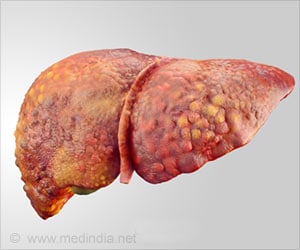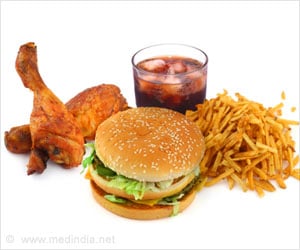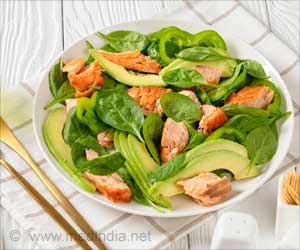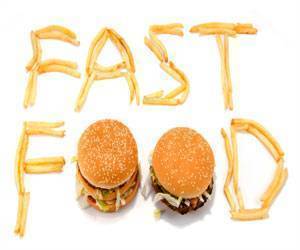Eating a diet high in fat and cholesterol can lead to life-threatening liver disease. A fatty diet can trigger changes in the immune system that lead to a serious form of non-alcoholic fatty liver disease (NAFLD) known as non-alcoholic steatohepatitis (NASH).

‘Eating a diet high in fat and cholesterol can trigger changes in the immune system that lead to a serious form of non-alcoholic fatty liver disease (NAFLD) known as non-alcoholic steatohepatitis (NASH).’
Read More..




NAFLD is one of the most common causes of liver disease in the United States, and an estimated 20 percent of people with NAFLD have NASH. NASH can eventually progress to cirrhosis or liver cancer, especially in those with obesity or Type 2 diabetes. Patients with NAFLD are also at an increased risk of cardiovascular disease.Read More..
"Despite its increasing prevalence and burden to the health care system, there are currently no U.S. Food and Drug Administration-approved therapies for non-alcoholic fatty liver disease," says the study's corresponding author, Hugo Rosen, MD, professor, and chair of the Department of Medicine at the Keck School.
"There's an urgent need to better understand the causes of non-alcoholic fatty liver disease progression so that successful therapeutics can be designed and brought into clinical practice."
The study illuminates how a toxic combination of dietary fat and cholesterol impacts the behavior of macrophages, a type of white blood cell, in the liver. Using a mouse model, the study details the cascade of events in the immune system that eventually leads to the type of liver inflammation and scarring that is commonly seen in patients with NASH.
After feeding mice diets with varying levels of fat and cholesterol, the team found that the combination of both had a synergistically detrimental action on the genes regulating liver inflammation and scarring. Oxidized low-density lipoprotein cholesterol, in particular, directly altered gene expression in both human and mouse macrophages associated with inflammation and scar formation.
Advertisement
"Not only does this study define how fat and cholesterol shape the progression of liver inflammation and scarring, but it also identifies potential pathways that can be targeted for future therapies. That could bring us closer to finding a treatment for a disease that impacts millions of lives around the world," he says.
Source-Eurekalert















